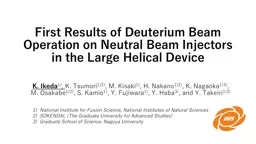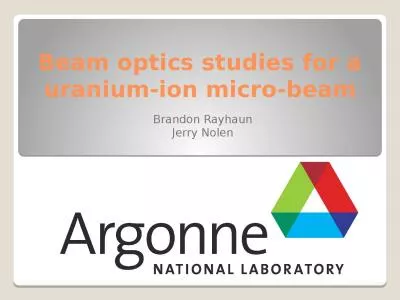PPT-Getting the least from your e-beam
Author : genevieve | Published Date : 2023-11-08
or How not to design stupid patterns M Rooks Yale University Settle Down Now that you have completed the CAD tutorial you probably think you can slap together your
Presentation Embed Code
Download Presentation
Download Presentation The PPT/PDF document "Getting the least from your e-beam" is the property of its rightful owner. Permission is granted to download and print the materials on this website for personal, non-commercial use only, and to display it on your personal computer provided you do not modify the materials and that you retain all copyright notices contained in the materials. By downloading content from our website, you accept the terms of this agreement.
Getting the least from your e-beam: Transcript
Download Rules Of Document
"Getting the least from your e-beam"The content belongs to its owner. You may download and print it for personal use, without modification, and keep all copyright notices. By downloading, you agree to these terms.
Related Documents

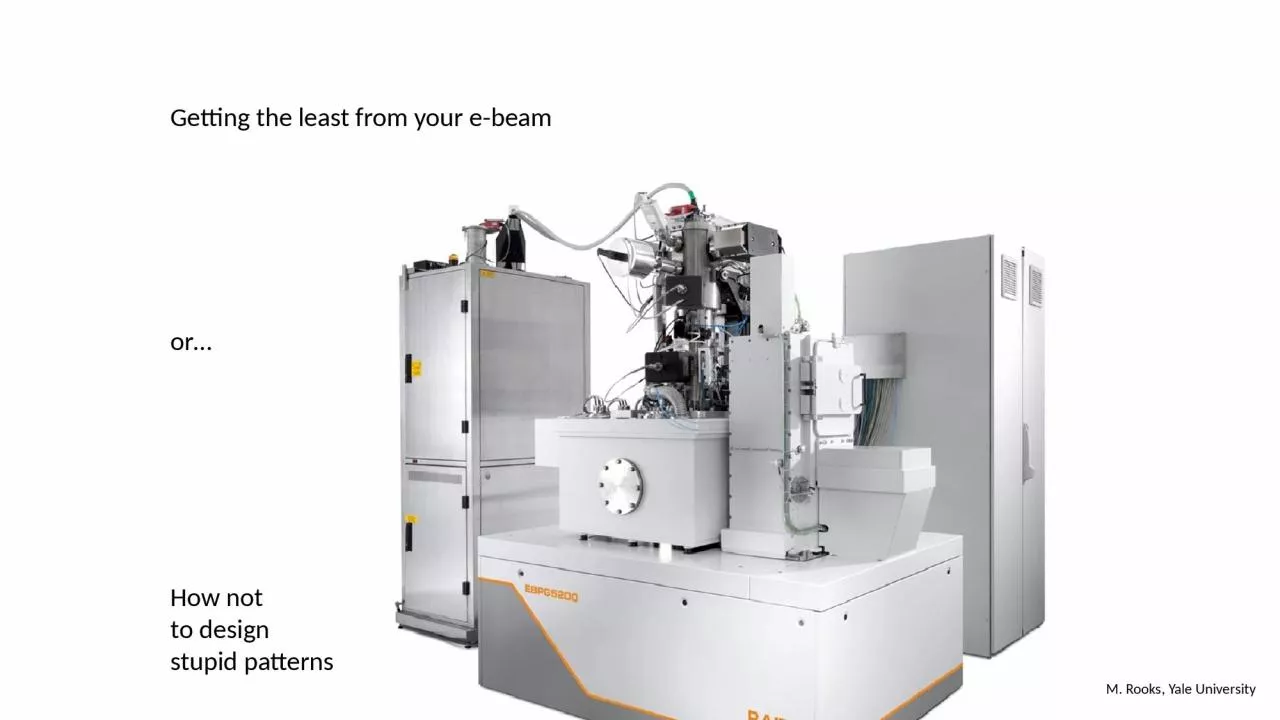
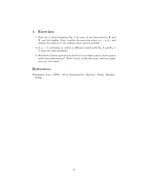

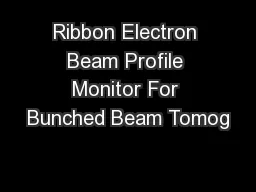
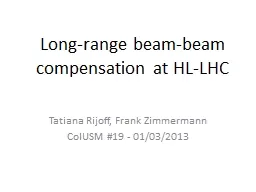
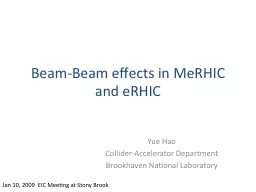

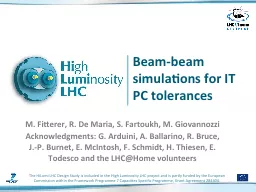
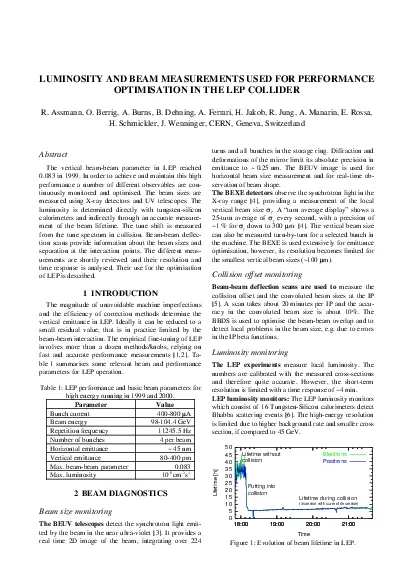
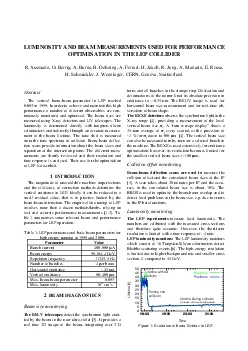
![[DOWNLOAD] - The HomeScholar Guide to College Admission and Scholarships: Homeschool](https://thumbs.docslides.com/902541/download-the-homescholar-guide-to-college-admission-and-scholarships-homeschool-secrets-to-getting-ready-getting-in-and-getting-paid.jpg)
![[EBOOK] - Med School Rx: Getting In, Getting Through, and Getting On with Doctoring](https://thumbs.docslides.com/906464/ebook-med-school-rx-getting-in-getting-through-and-getting-on-with-doctoring.jpg)
